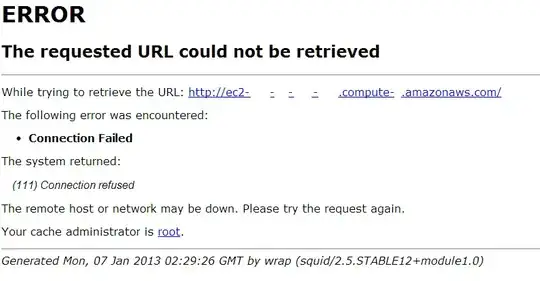I recently attempted to connect to my EC2 server on 8080 and had some strange issues that weren't occurring earlier.
- NGinx (though setup for :81) captures any requests on port 8080.
If I stop nginx,
- I get a "Connection Refused" message from a Squid Proxy I definitely didn't install myself, and don't recall seeing before.

I'm attempting run a simple Pyramid app on 8080, but the squid proxy seems to be catching all the requests. There don't seem to be any squid processes showing up in netstat, and I can't find a configuration file in /etc/squid, so I'm worried this might be a rootkit.
Should I try to uninstall squid somehow or scrap the server?